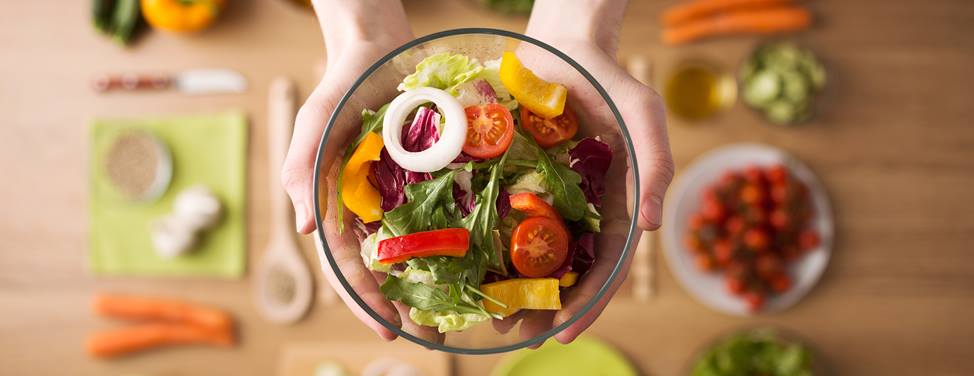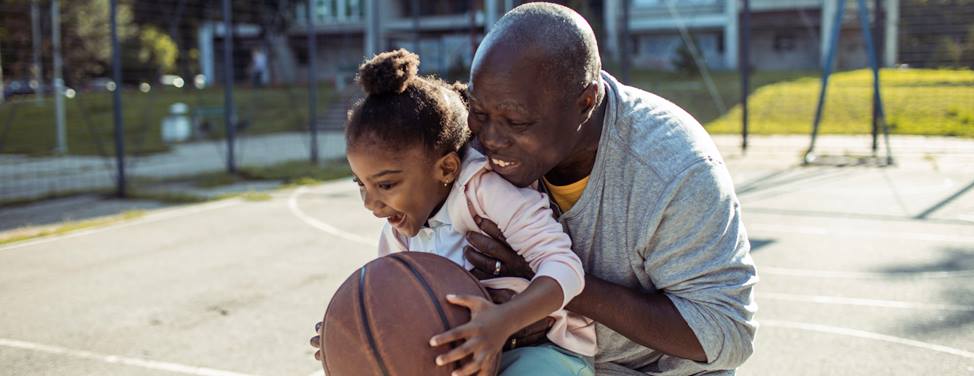The consumption of sweetened drinks, such as soda, juice, Kool-Aid and sports drinks, has been on the rise in past decades. At the same time, the prevalence of obesity in children has also risen. These drinks — even 100 percent fruit juice — contain a lot of calories with little or no nutritional benefit.
Consider that:
- A 12-ounce glass of orange juice contains 180 calories, which is the same as eating three chocolate chip cookies.
- Drinking just one 12-ounce can of soda every day for a year is equal to 55,000 calories, or 15 pounds a year.
The Truth About Juice
Many people think of juice as an essential part of a child's diet. However, juice isn't as healthy as people think.
Drinking a lot of juice makes younger children feel full quickly. Feeling full from juice will decrease the amount of food a child eats. For older children, drinking a lot of juice doesn't usually cause fullness, but the excess calories from juice can cause weight gain.
It's much healthier to eat the fruit rather than drink the juice. For example, a 12-ounce glass of orange juice, which is the juice of two to three oranges, has about 180 calories, while one orange contains only 80 or 90 calories (and for older children, it does more to make them feel full).
For children who are overweight, the basic recommendation is no juice.
The Truth About Soda
Sodas and other sweetened drinks are full of sugar such as high-fructose corn syrup. Many also contain caffeine, which is a diuretic that can cause dehydration.
Another problem with sweetened beverages is that the body doesn't register it's full after drinking hundreds of calories. This may have to do with ghrelin, the hormone in your stomach that lets you know when you're hungry. When the hormone increases, you feel hungry. When you eat, the hormone goes down. However, it only works with food, not liquid. Drinking soda, juice, sports drinks and other sugar-sweetened liquids does nothing for your hunger, even if you consume hundreds of calories. As a result, sugar-sweetened beverages are often wasted calories.
In other words, the human digestive system is not designed for drinking calories. Soda is a relatively recent addition to the human diet. It was introduced in the second half of the 19th century and there was not an obesity problem until the 20th century. When looking at obesity in the United States alongside fructose and soft drink consumption, they are on a parallel line.
How Sweet Drinks Add Up
To fully understand the impact of sugary beverages, consider how the extra calories from these drinks add up and translate into pounds.
- If a child drinks one soda and two glasses of Kool-Aid each day, the child is consuming roughly:
150 calories for the glass of soda
240 calories for two glasses of Kool-Aid (120 calories each glass)TOTAL: 390 calories a day
Over the course of one year, the child will consume an extra 142,000 calories from these drinks.
- Because one pound of fat equals 3,500 calories:
142,000 calories at 3,500 calories per pound = 40 pounds
TOTAL: 40 pounds a year
What seems like a harmless glass of soda and two glasses of Kool-Aid a day is equal to roughly 40 pounds of weight gain over a year. Children rarely burn all of these extra calories through exercise and activity. Even if a child only has one soda a day, it leads to 15.6 pounds of weight a year.
What Kids Should Drink Instead
It's best for children and their parents to limit or eliminate juice, soda and other sugar-sweetened beverages. Instead, your child should drink:
- Water — Water has zero calories and no added sodium to make your child thirstier.
- Nonfat milk — Kids should consume two to four servings of calcium-rich foods, such as nonfat milk, each day.
- Other beverages with little or no sodium or calories — Look for 5 calories or less per serving. Some possibilities: sparkling water without sugar added, or occasionally as a treat, diet soda or a low-calorie beverage like Crystal Light.







































